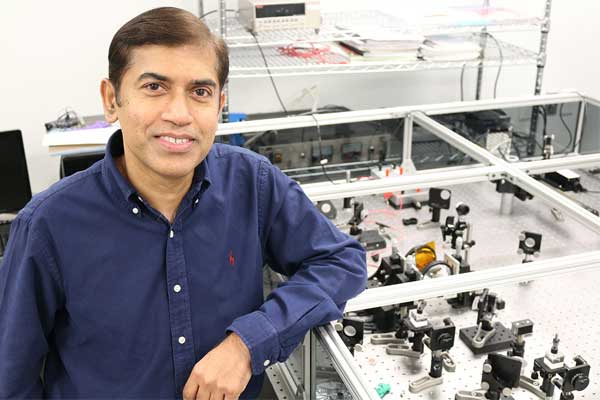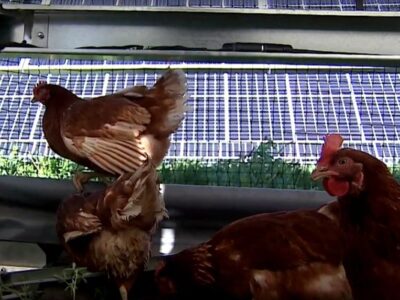- A research team has used Machine Learning, aka Artificial Intelligence to optimize the materials used to make perovskite solar cells (PSC).
- Artificial Intelligence may be just the thing to accelerate spray-on solar cell technology, which could revolutionize how consumers use energy.
- These perovskites can be processed in solid or liquid state, offering a lot of flexibility.
Artificial Intelligence may be just the thing to accelerate spray-on solar cell technology, which could revolutionize how consumers use energy.
A research team at the University of Central Florida used Machine Learning, aka Artificial Intelligence to optimize the materials used to make perovskite solar cells (PSC). The Organic-Inorganic halide perovskites material used in PSC converts photovoltaic power into consumable energy.
These perovskites can be processed in solid or liquid state, offering a lot of flexibility. Imagine being able to spray or paint bridges, houses, and skyscrapers with the material, which would then capture light, turn it into energy and feed it into the electrical grid. Until now, the solar cell industry has relied on silicon because of its efficiency. But that’s old technology with limits.
Using perovskites, however, has one big barrier. They are difficult to make in a usable and stable material. Scientists spend a lot of time trying to find just the right recipe to make them with all the benefits — flexibility, stability, efficiency and low cost. That’s where artificial intelligence comes in.
The team’s work is so promising that its findings are the cover story Dec. 13 in the Advanced Energy Materials journal.
The team reviewed more than 2,000 peer-reviewed publications about perovskites and collected more than 300 data points then fed into the AI system they created. The system was able to analyze the information and predict which perovskites recipe would work best.
“Our results demonstrate that machine learning tools can be used for crafting perovskite materials and investigating the physics behind developing highly efficient PSCs,” says Jayan Thomas, the study’s lead author and an associate professor at the NanoScience Technology Center with multiple affiliations. “This can be a guide to design new materials as evidenced by our experimental demonstration.”
If this model bears out, it means researchers could identify the best formula to create a world standard. Then spray-on solar cells may happen in our lifetime, the researchers say.
“This is a promising finding because we use data from real experiments to predict and obtain a similar trend from the theoretical calculation, which is new for PSCs. We also predicted the best recipe to make PSC with different bandgap perovskites,” says Thomas and his graduate student, Jinxin Li, who is the first author of this paper. “Perovskites have been a hot research topic for the past 10 years, but we think we really have something here that can move us forward.”













Comments